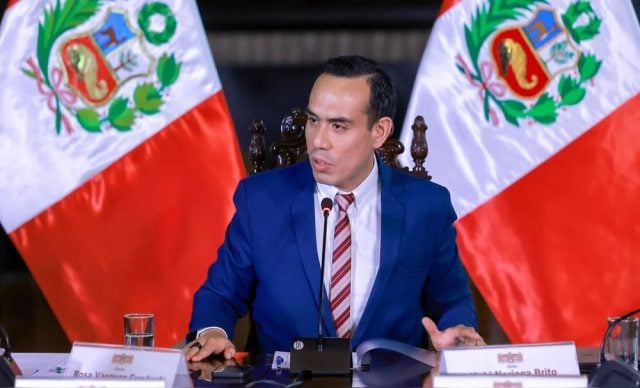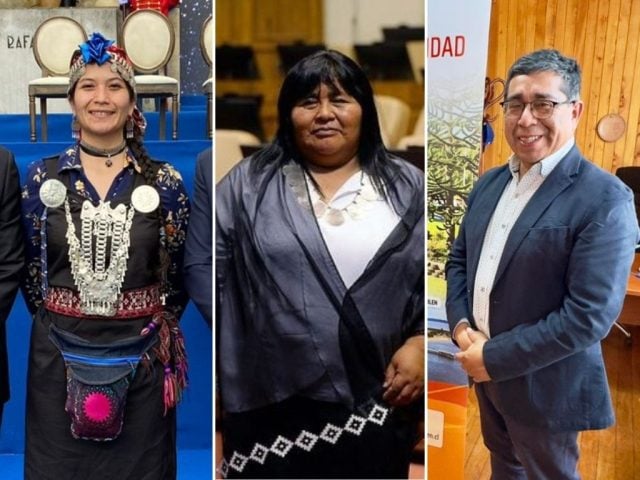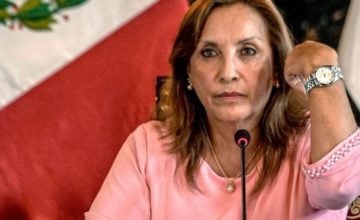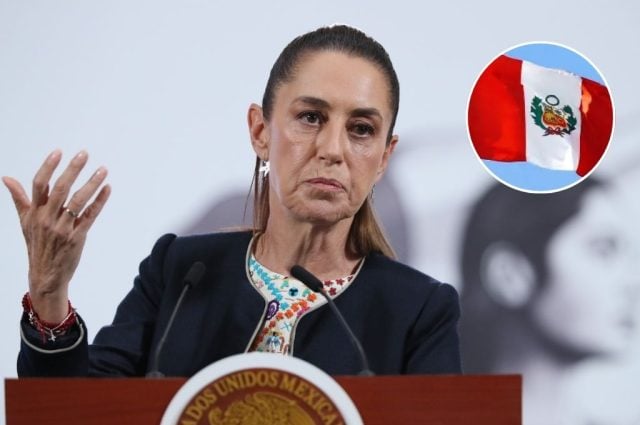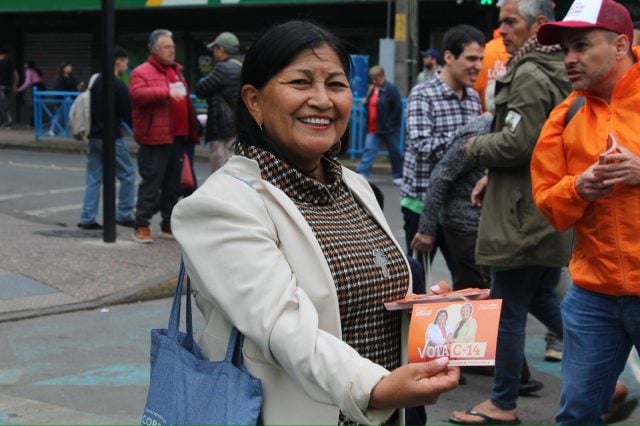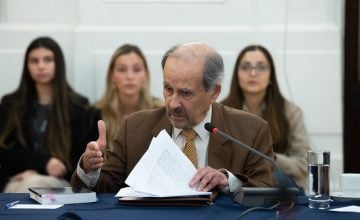Congress approved the vacancy motion to remove Dina Boluarte with 118 votes in favor—a record in recent history. Behind the apparent consensus lies calculated politics: the parties that sustained her for nearly three years—Fuerza Popular, Alianza para el Progreso, Avanza País, and Renovación Popular—abandoned her once her position became untenable. The same blocs that defended her yesterday now lead a process they aim to leverage in the 2026 elections.
A country governed by crisis
Boluarte’s fall accelerated after weeks of social protests and a transport strike that paralyzed Lima. Amid mounting public fatigue, Congress moved quickly: it ousted a president with more than 90% disapproval and installed José Jerí, a 38-year-old lawyer, as the new head of state. The transition brought no calm. The newly sworn-in president took office facing allegations of sexual assault and illicit enrichment, and with legitimacy as fragile as his predecessor’s.
That outcome is hardly surprising. Since 2016, Peru has cycled through seven presidents in less than a decade, and none completed a full term. The formal causes vary—corruption, «moral incapacity,» rebellion—but the pattern holds: presidents fall once they cease to serve the balance of interests that dominates the state.
Within that arrangement, Congress serves as both referee and central actor. It sets the tempo of politics, appoints and removes at will, and barely musters 5% public approval. It is the country’s most powerful and most reviled institution. «Permanent moral incapacity» has become its preferred tool: an open-ended clause used both to sanction crimes and to discipline governments.
Power behind the throne
Peru is trapped in a system that rarely changes at its core. Since the 1993 Constitution—an inheritance of Fujimorismo—the state has been engineered to guarantee market stability over popular representation. The so-called «democracy of vacancies» is the product of that institutional design: strong at protecting economic interests, weak at sustaining elected governments.
Each political crisis confirms the pattern. When Pedro Castillo tried to disrupt the status quo, he was removed by a Congress acting to preserve its own survival. When Boluarte aligned with the parliamentary right, she was kept in place despite accusations of corruption and human rights abuses. And when her presence became a liability, she was dismissed with little debate or resistance.
Presidents change; power does not. The alliance among Congress, business elites, and the Armed Forces remains intact. It shapes the judiciary, steers the economy, and manages social conflict. On the margins, citizens witness a familiar spectacle: promises of renewal, swift betrayals, and a return to the same point.
The streets as a mirror
Meanwhile, the streets offer a different reading. Protests led by Generation Z, unions, and artisanal miners demand security, jobs, and an end to corruption. Their rallying cry—»the future is not negotiable»—captures the anger toward a political class seen as representing no one.
That generation grew up amid crisis, with no stable presidents and little faith in institutions. Today they mobilize in an environment where insecurity has become a method of governance: extortion, police bribes, and state repression. Violence is not just a symptom of decay; it is also a tool of control.
A cycle on repeat
With José Jerí in power, Peru appears to be back at the entrance of its own labyrinth. The new president promises «order and security» even as accusations erode any moral authority. The United States has already voiced its support—a signal of international continuity more than democratic renewal.
Recent history points to a stark conclusion: instability is not an accident but a strategy. The revolving door of presidents keeps the underlying power structure intact. In a country where vacancy is routine and corruption is structural, the question is not who will govern next year, but who will keep governing all the time.
